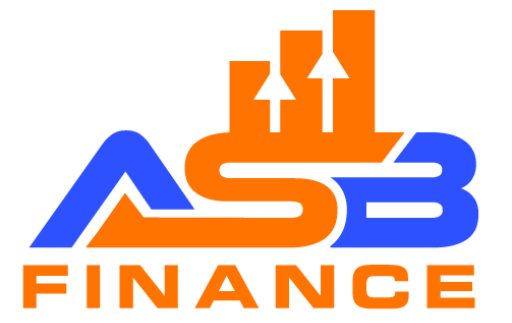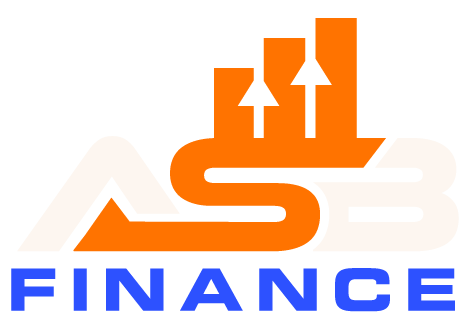
In the world of technical analysis, traders are always on the lookout for tools and techniques that can give them an edge in the financial markets. One such tool is the Elliott Wave Theory. This powerful methodology, developed by Ralph Nelson Elliott in the 1930s, has been helping traders and investors make sense of market movements for decades. In this article, we will dive deep into what the Elliott Wave Theory is, how it works, and how you can leverage it for successful trading.
What Is Elliott Wave Theory?
Elliott Wave Theory is a form of technical analysis that focuses on identifying patterns in market prices. Elliott believed that market movements are not random but follow a repetitive cycle of waves influenced by investor psychology and mass sentiment. These waves are classified into two types:
- Impulse Waves: These are the waves that move in the direction of the primary trend. They consist of five sub-waves.
- Corrective Waves: These waves move against the primary trend and consist of three sub-waves.
Together, these waves form a structure that repeats itself over time, helping traders predict future price movements.
The Basics of Wave Patterns
To effectively use Elliott Wave Theory, it’s essential to understand its fundamental components:
1. The Five-Wave Pattern
Impulse waves consist of five sub-waves:
- Wave 1: The initial move in the direction of the trend.
- Wave 2: A correction that retraces a portion of Wave 1.
- Wave 3: The most extended and powerful wave in the trend.
- Wave 4: A corrective wave that is less intense than Wave 2.
- Wave 5: The final wave in the direction of the trend.
2. The Three-Wave Pattern
Corrective waves consist of three sub-waves:
- Wave A: The initial move against the trend.
- Wave B: A partial retracement of Wave A.
- Wave C: The final wave in the corrective phase.
3. Wave Degrees
Elliott Wave Theory works across multiple timeframes, from minute charts to monthly charts. Each degree of waves forms part of a larger wave structure, creating a fractal pattern.
The Rules and Guidelines of Elliott Wave Theory
To apply Elliott Wave Theory effectively, traders must adhere to the following rules:
- Wave 2 cannot retrace more than 100% of Wave 1.
- Wave 3 cannot be the shortest of the three impulse waves (1, 3, 5).
- Wave 4 cannot overlap the price territory of Wave 1 in an impulse wave.
Guidelines to Remember
- Wave 3 is usually the strongest and longest wave in an impulse sequence.
- Corrective waves tend to be shorter and less predictable than impulse waves.
- Fibonacci ratios often play a crucial role in determining the lengths of waves.
How to Use Elliott Wave Theory in Trading
Elliott Wave Theory can be a valuable tool for:
1. Trend Identification
By identifying where you are in the wave cycle, you can determine the market’s current trend and make more informed trading decisions.
2. Entry and Exit Points
Traders can use wave patterns to identify optimal entry and exit points, reducing the risk of losses and maximizing profits.
3. Risk Management
Understanding wave structures can help traders set stop-loss and take-profit levels more effectively.
Practical Tips for Beginners
If you’re new to Elliott Wave Theory, here are some tips to get started:
- Learn the Basics: Familiarize yourself with the wave patterns, rules, and guidelines.
- Use a Charting Tool: Many trading platforms offer tools to help you identify and label waves.
- Combine with Other Indicators: Use Elliott Wave Theory alongside other technical indicators, such as moving averages and RSI, for more accurate predictions.
- Practice on Historical Data: Backtest your wave analysis on past market data to improve your skills.
Elliott Wave and Fibonacci Ratios
One of the most powerful aspects of Elliott Wave Theory is its connection with Fibonacci ratios. These ratios help traders predict the length of waves and potential reversal points. For example:
- Wave 2 often retraces 50%, 61.8%, or 78.6% of Wave 1.
- Wave 3 is typically 161.8% of Wave 1.
- Wave 4 often retraces 23.6% or 38.2% of Wave 3.
- Wave 5 is frequently equal to Wave 1 or 61.8% of Wave 3.
By combining Fibonacci retracements and extensions with Elliott Wave Theory, traders can enhance their analysis and trading strategies.
Advantages and Limitations of Elliott Wave Theory
Advantages:
- Predictive Power: Elliott Wave Theory provides a framework for predicting future market movements.
- Flexibility: The theory applies to all financial markets and timeframes.
- Risk Management: Helps traders set logical stop-loss and take-profit levels.
Limitations:
- Subjectivity: Wave identification can vary from trader to trader.
- Complexity: It requires time and practice to master.
- Not Foolproof: Like any trading tool, it’s not 100% accurate and should be used in conjunction with other methods.
Conclusion
Elliott Wave Theory is a powerful tool for traders looking to understand market psychology and predict future price movements. While it requires time and practice to master, the rewards can be significant for those who put in the effort. By combining Elliott Wave Theory with other technical indicators and sound risk management practices, you can enhance your trading performance and make more informed decisions.
Ready to take your trading to the next level? Start applying Elliott Wave Theory today and unlock the potential of market patterns.
About Us
At asbfinance.in, a proud partner of AngelOne Limited, we are dedicated to empowering traders and investors with knowledge and tools to succeed in the stock market. Explore our resources and start your journey toward financial freedom today!

